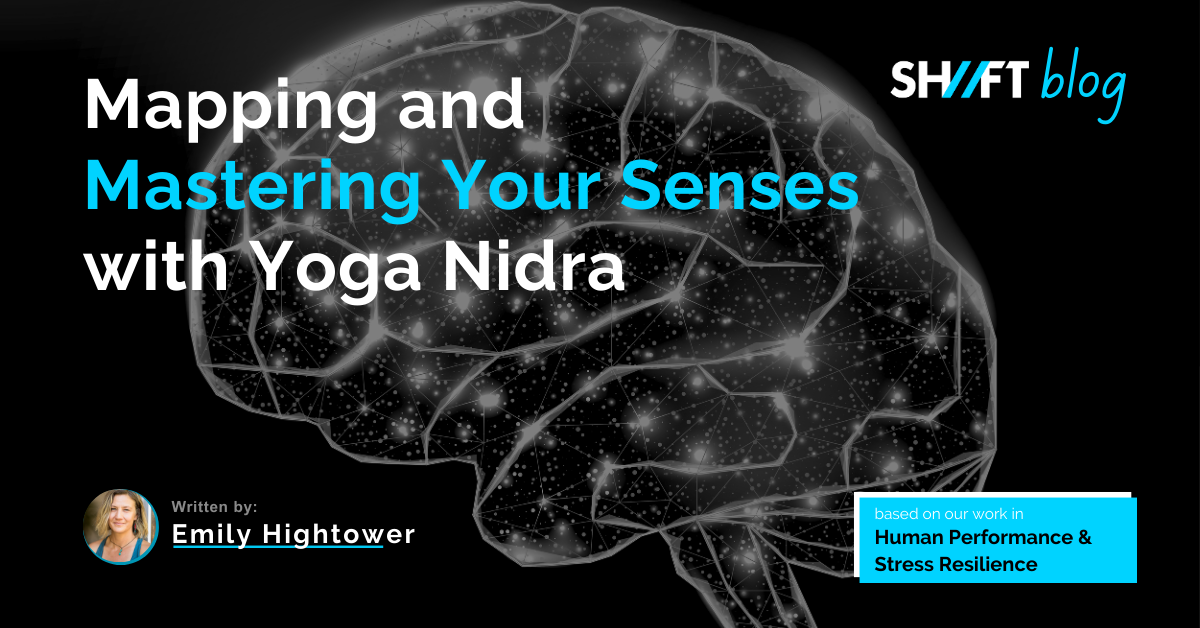The “Little Man” in Your Brain
Your brain has a map of your body that may look very different from the reflection you see in the mirror. The 19th Century idea of “The Homunculous” which means “Little Man” in Latin, is that if your brain could draw your body based on the amount of tissue dedicated to each body part without visual reference, your body proportions would be measured by how many sensory nerves are contained in various parts. The more nerves, the larger the body part would be. Your hands, eyes, nose, face, lips, tongue, and genitalia would make the rest of your torso and limbs look tiny.

Visual representation of the brain’s interpretation of the body in terms of nerve proportion, from sharonpricejames.com
The somatosensory cortex and motor cortex connect to these instruments of the body like a map. You can read and follow this map from head to toe. These tissues help us tell where our bodies are in space, what’s happening in our environment inside and out, and how to direct functions in response to that.
*Note, this image does not completely acknowledge the complex interactions of multiple brain structures involved in how we sense and move through our world. It is a clever way to get our attention and help us consider the deep landscape beneath the layers of our everyday conscious awareness of how our brains ‘see’ our inner and outer worlds.
Turning your Sensory Awareness Inward
In Yoga Nidra, by rotating awareness systematically through the map of the motor and somatosensory cortexes, your sensory awareness is turned inwards. As these body parts rest, they are no longer seeking information and behaviors to avoid danger and seek pleasure from the outside world. But rather than just sleep, Yoga Nidra guidance has you rotate consciousness, part-by-part, systematically, that helps us integrate the sensory system of our own bodies.
Rotating awareness through the homunculi is a perfectly boring part of the practice. Why is that a good thing? Right-hand thumb. First finger. Second finger. Middle finger. Boring topics to the egotistical mind… But incredibly interesting to the brain as it gets to lope along the trail of its own sensory-motor map. This seduces the brain into a powerful state of sensory withdrawal and heightened awareness at the same time.
Yoga Nidra Uses Cognitive Engagement for Somatic Mapping
Unlike other forms of Non Sleep Deep Rest or NSDR (more on this below), Yoga Nidra uses cognitive engagement in a systematic way with your internal sensory world to light up these areas of the brain in relationship to the resting body. Somatic mapping ensues.
What does this even mean? It means practicing Nidra helps you become aware in control of these seriously sensitive parts of your body-mind complex.
Stress comes through the senses, and arousal follows. How much arousal depends on the situation and your perception of it. Sounds simple enough, right? But if you haven’t spent time mastering awareness and connection to your own senses, you are at their whimsy. They will sense danger, and a cascade of reactions will occur that you feel are happening ‘to’ you. With a regular Nidra practice, you invest in the skill of interoception; sensing yourself. Trusting yourself.
Mapping senses with Yoga Nidra Deactivates Stress Response
A Yoga Nidra practice helps you deactivate your stress response and master your connection to the sensory system. This enables you to trust your own senses and understand more clearly what they are picking up.
If you work in Fire, Law Enforcement, Military, or EMS, having mastery over your senses is important. A tool like SH//FT’s Neuro Nidra™ requires no training to practice, and can not only help deactivate and master stress, but can also repay sleep debt in the process.
This sensitivity is a secret weapon that allows you to pick up on stress cues before they cascade into reactivity. This allows you to manage how you choose to interpret the signals, and better choose how you will respond.
Non Sleep Deep Rest (NSDR)
NSDR is a term coined by Dr. Andrew Huberman, and includes various practices such as Yoga Nidra, Mindfulness Based Stress Reduction, Hypnosis and more. Yoga Nidra was developed in the 20th century by Swami Satyananda Saraswati using Yoga’s ancient practices of Pratyahara or sensory withdrawal.
You can learn more about Neuro Nidra™ here. Neuro Nidra™ was created by Emily Hightower and combines the practice of Yoga Nidra with principles from neuroscience. Emily is not a neuroscientist, but a trained Yoga Nidra expert and Teacher Trainer studying applied neuro somatics.

